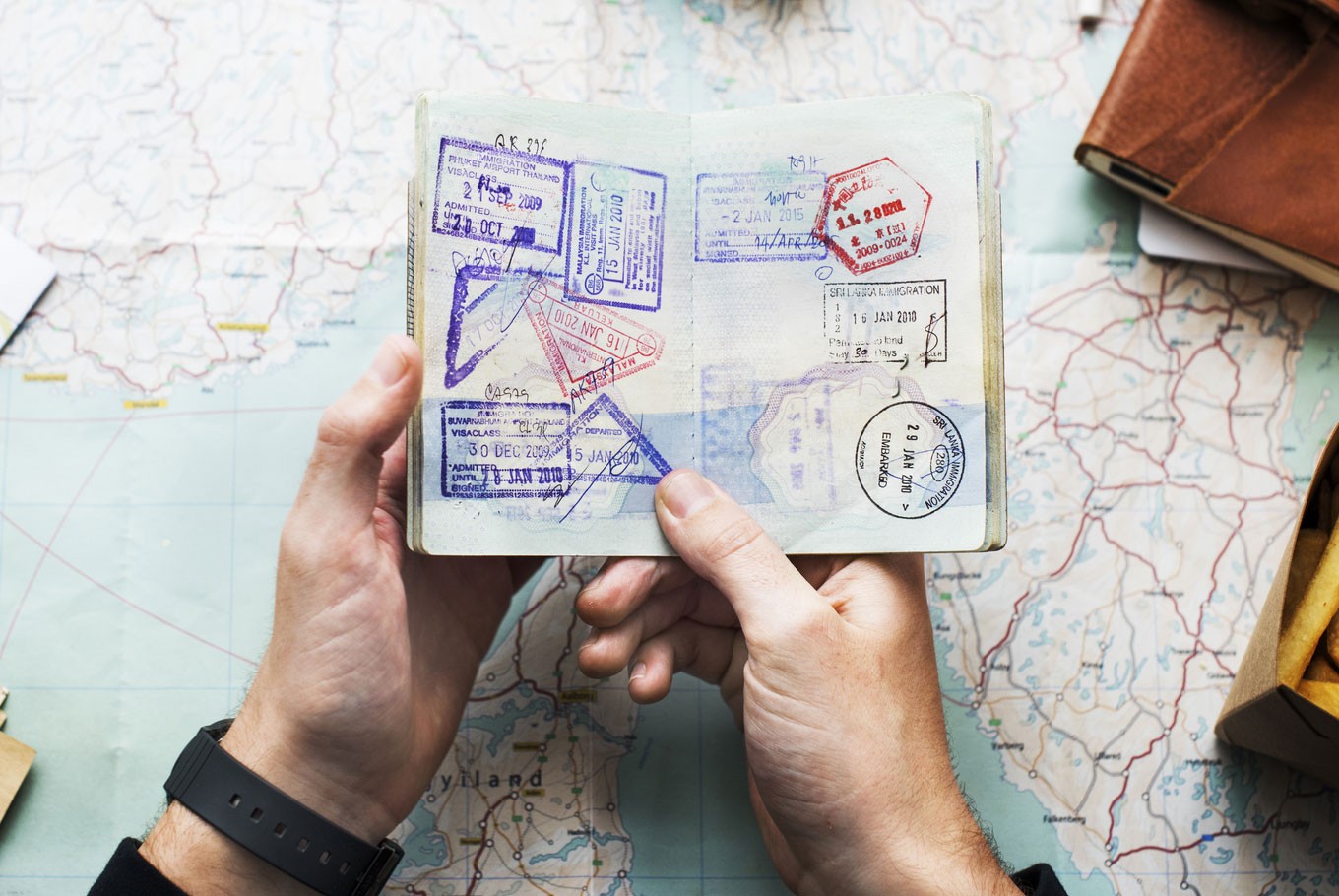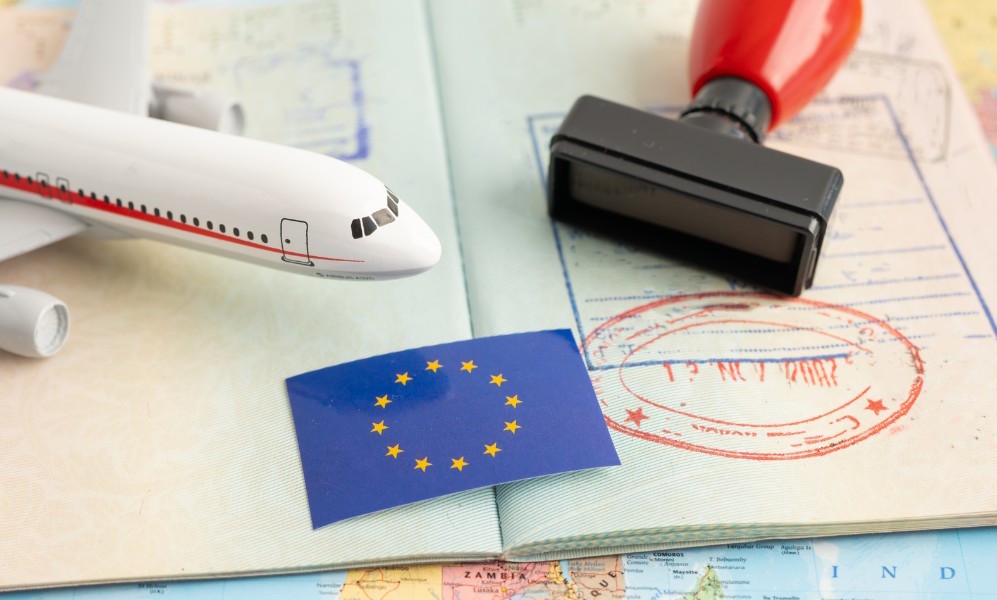The European Union is ditching passport stamps for a new digital Entry/Exit System designed to make trips more efficient starting October 12.
Any globetrotter knows the thrill of getting another stamp in your passport. Each one is a badge of honor, a tangible proof that you have traveled, lived wide, and experienced new places, cultures, and stories. The more you have, the merrier you’ll definitely be! Unfortunately, several countries have already made passport stamps a thing of the past. The latest addition to the list are the 29 countries that are part of the Schengen Area.
Starting October 12, these European countries are ditching passport stamps for a new Entry/Exit system (EES), which is expected to be fully operational by April 10, 2026. Sure, losing your “souvenirs” from these places can be a downer, but the good news is that the switch will make your trips more efficient and secure without the long lines.
The digital system covers the 25 European states and 4 non-EU countries that are part of the Schengen Area, a zone in EU where border controls have been mostly eliminated for free movement of people among these member countries. While the process involves minimal passport checks, the EES will streamline the process further.
It is designed to make border checks faster and more efficient by recording the entry and exit of a non-European passport holder using fingerprint and facial recognition data. The biometric data must be submitted ahead of time then verified in self-service kiosks at the external border crossing points of the European union.
Manually operated passport desks and electronic stamps will then be replaced by electronic gates that would cut down the time you’d usually spend when crossing borders. The goal, according to the European Union, is to speed up and modernize the passport control process, as well as to “improve border security.” It will provide border officials with access to the biometric data that would help them identify travelers who overstay, use false identities, and abuse visa-free travel.

Related story: Europe 101: A guide for first-time travelers to the continent
Related story: Top 3 European countries to get a Digital Nomad Visa
The 29 nations doing away with physical passport stamps are Austria, Belgium, Bulgaria, Croatia, Czech Republic, Denmark, Estonia, Finland, France, Germany, Greece, Hungary, Iceland, Italy, Latvia, Liechtenstein, Lithuania, Luxembourg, Malta, Netherlands, Norway, Poland, Portugal, Romania, Slovakia, Slovenia, Spain, Sweden, and Switzerland.
The ESS is slated to launch on October 12 along with the implementation of the new procedure. So if you’ve think the transition from passport stamps to a paper-free system is like discontinuing a cherished tradition, you still have one month left to collect them before it becomes a part of history.
And in case you still didn’t know, many nations have already eliminated passport stamps for good in the past decades. The first to remove the physical entry and exit stamp system with its SmartGate system, which was fully implemented in December 2012. Still, travellers who need to get their passport stamps as travel evidence can still do so through an officer at border security.
In Asia, Hongkong and Macau provide landing slips while Singapore sends an electronic Visit Pass through email instead of a physical stamp. Indonesia likewise issues electronic ITAS / KITAS stamps for foreigners upon arrival.
In 2022, the United States launched a digital system, called the I-94 record, which is an online document and the only one you’ll ever need as evidence when entering the country. Argentina also discontinued issuing entry and exit stamps on the same year and replaced it with a digital system. Most recently, in April 2024, India introduced a new e-passport system that is likely to be a gateway to the transition.
Related story: Low passport power, high visa costs for Filipino travelers: Why ranking 72nd still hurts
Related story: Attention, travelers: Pay travel tax first to generate eTravel QR code








